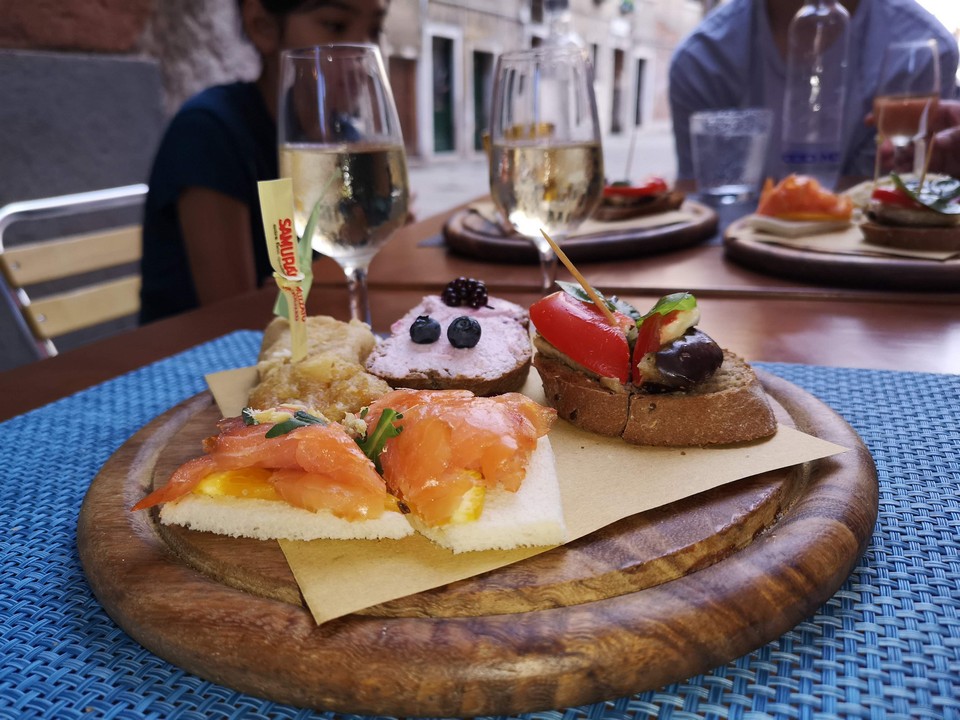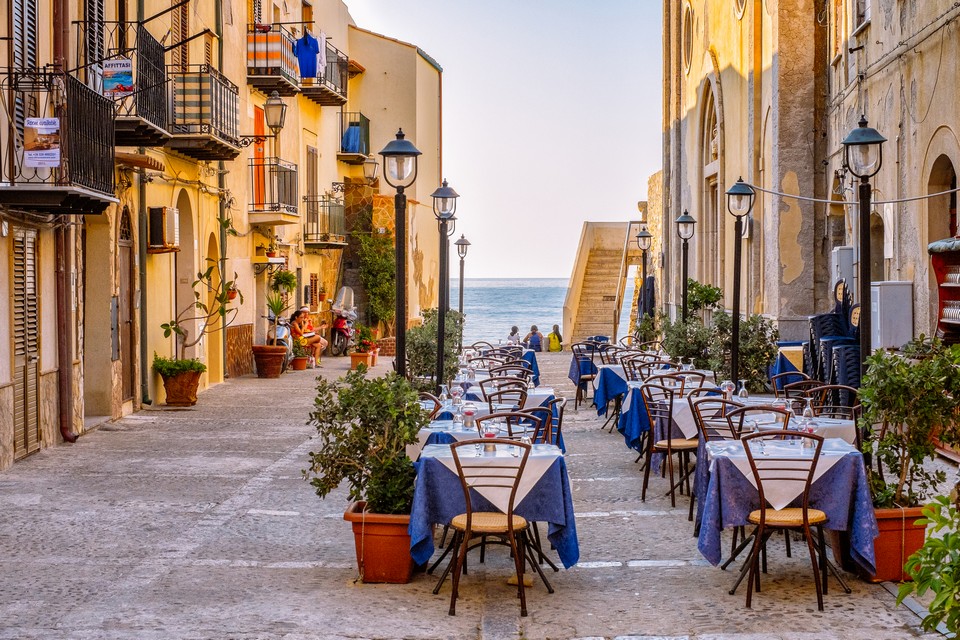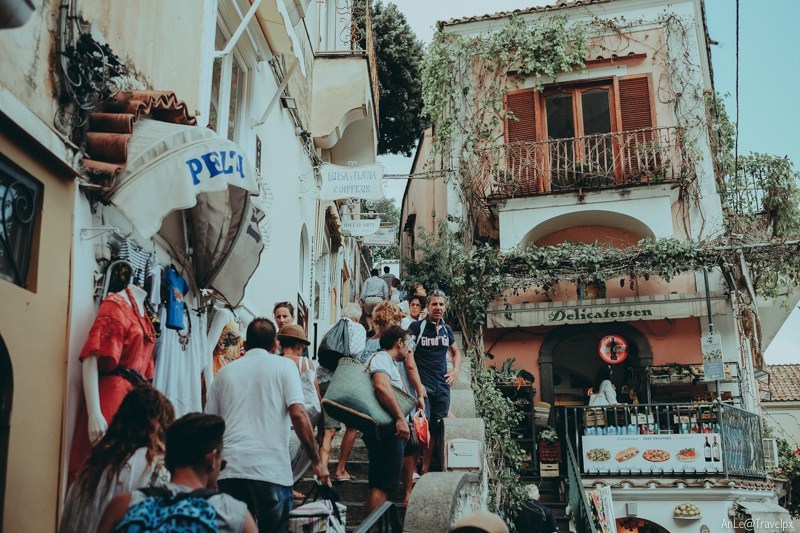Italy is considered one of the most attractive countries in Europe in particular and in the world in general. Italy is a paradise for art, architecture, cuisine, history, fashion and culture. It owns beautiful, spectacular Mediterranean coastlines with azure beaches and paradise islands, magnificent and majestic architecture, stunning mountains and has the most UNESCO heritage sites in the world. So, what to know before going to Italy, what to know about Italy before visiting, what to know before travelling to Italy, what to know when traveling to Italy? Let’s check out our Italy travel tips for visiting Italy with 21 things to know before traveling to Italy, things you need to know before going to Italy, things you should know before going to Italy, things to know before going to Italy, things to know before visiting Italy below!
- The ULTIMATE Colosseum guide: Ticket Prices, What to do, Important Notes & MORE
- The LATEST New Zealand Travel Entry Requirements: Custom Regulations, Tourist Visa Requirements & MORE
- The LATEST Singapore Travel Entry Requirements: Custom Regulations, Tourist Visa Requirements & MORE
- The Ultimate Guide to Hong Kong Tourist Octopus Card: Where to Buy, How to Use, Tips & MORE
- Everything you need to know about WOWPASS Card: Where to buy, How to use, top-up for Cashless Payment in Korea
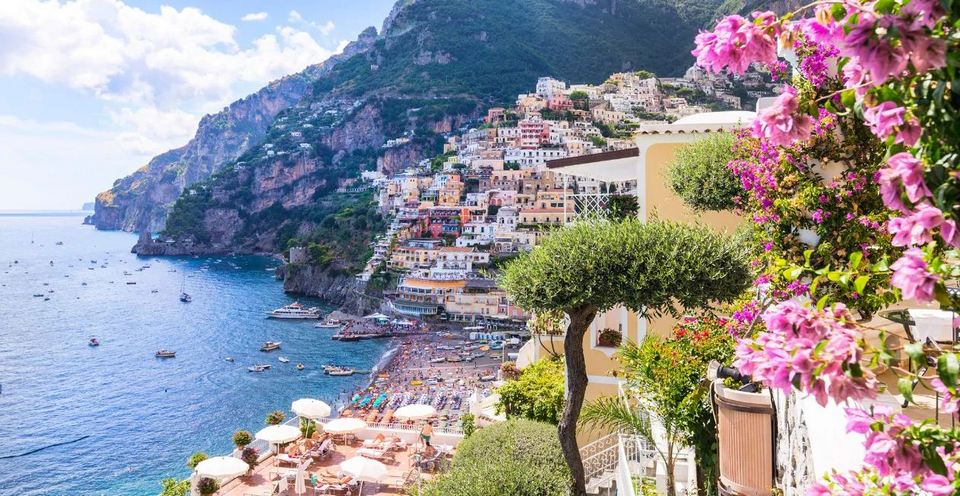
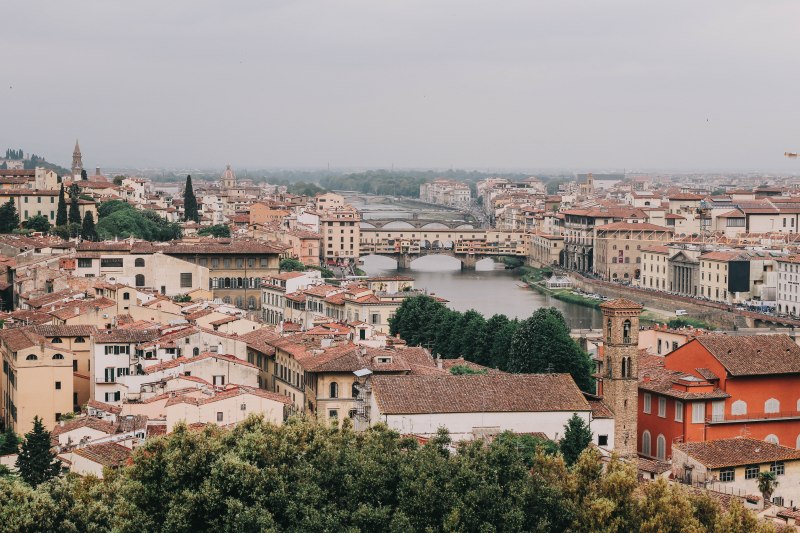
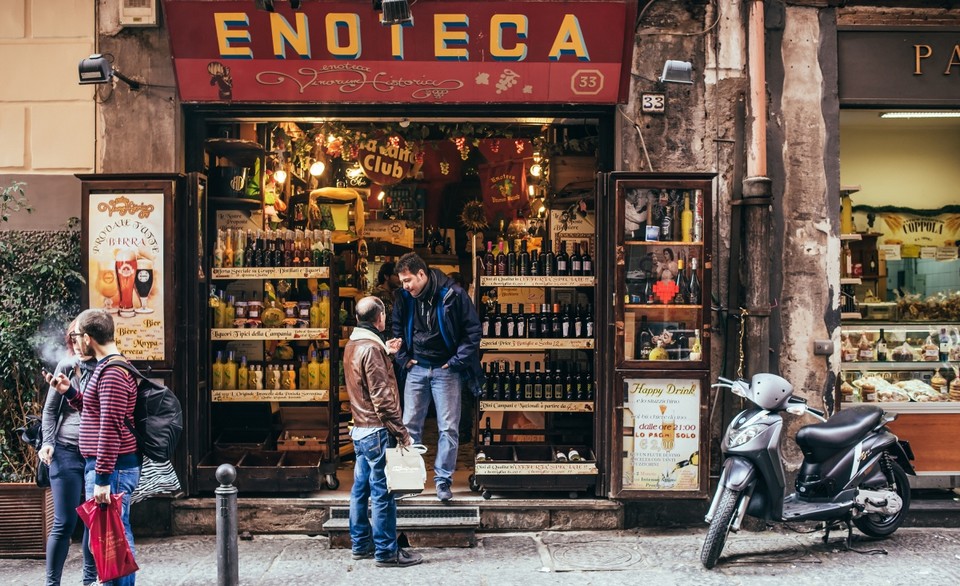
I not only travel to Italy but live in the Italian soul. Italy, my dream, my second life, another personality in me. There are no words to accurately describe my love for my second hometown. So, before I share the most basic things about Italy, so you can have a view from the inside, I have to say, let’s completely open up to Italy and “throw” yourself into the deep Italian soul, spirit and people with all your heart. Thus, all the good and bad things, happy and sad, will become beautiful memories with you for the rest of your life.
Don’t just go to Italy. Feel it.
So, with that empathy, what should be known to have a more fulfilling experience?
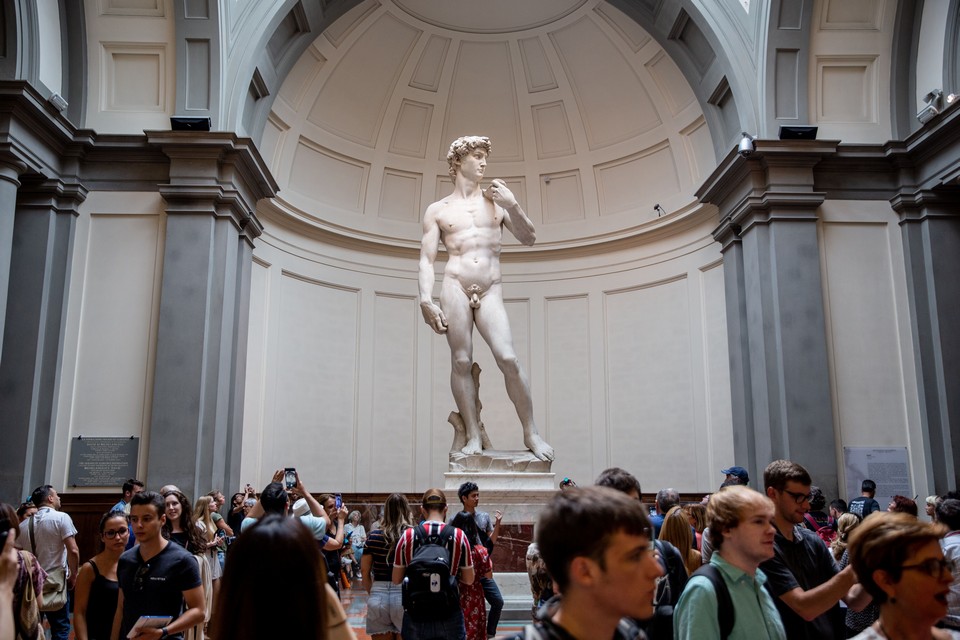
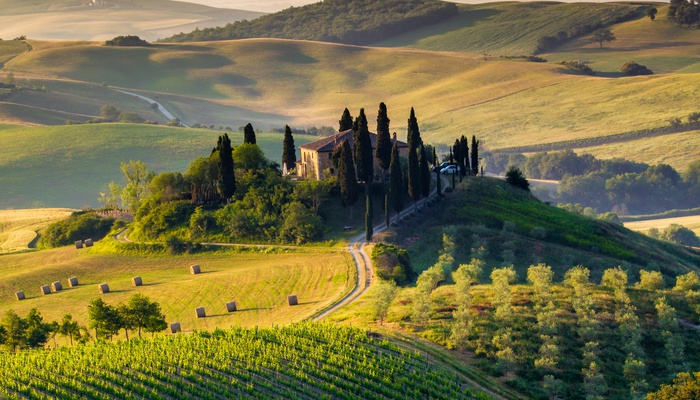
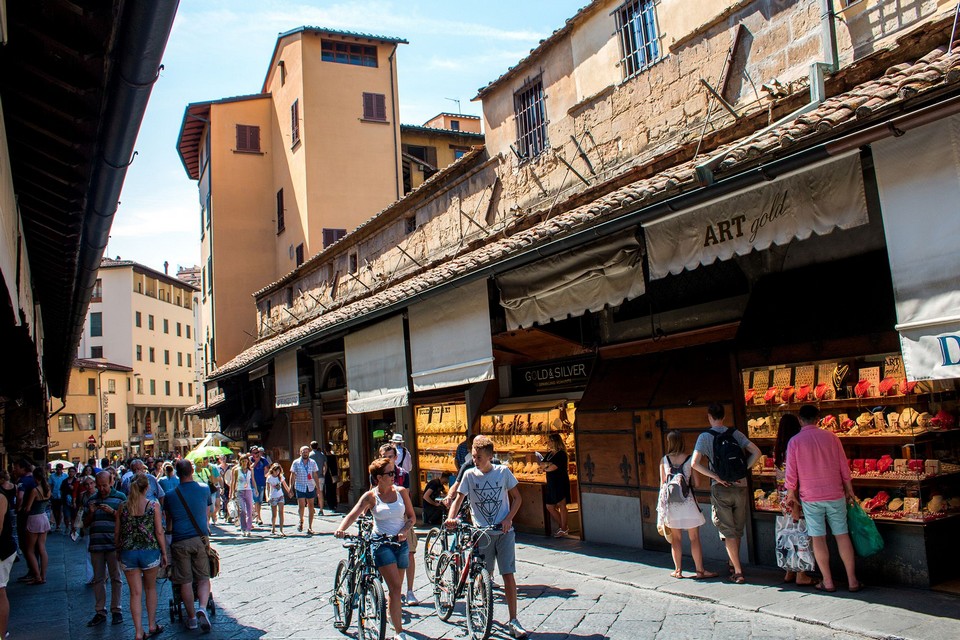
1. Italians attach great importance to Riposo, which means “a short rest or a short break” (#1 things to know before going to Italy)
For Italians, a “short break”, Riposo, is extremely important. The Italian “short break” isn’t mean taking a short break or rest a while, sipping an espresso, and then getting back to work. That coffee break can take place at any time of the day. While Riposo is a lunch break. That is, except for the international shopping stores that requires employees to work at noon, almost all shops (excluding restaurants) of Italians, even supermarkets, will be closed from around 1pm to… 4pm. Even including restaurants of all kinds.

So don’t be too surprised when suddenly people close their businesses at noon! This “siesta”, “pausa pranzo” is not only the culture of the Italians in particular, but also in… the law in general. It’s not that they require a lunch break, but Italians shops are only open for a certain number of hours each day which is regulated in the law. So, many of them intentionally extend their lunch break so they can stay open late at night. Not all of them, of course, just the majority. Mostly shops own by Italians. But the supermarket has a LUNCH BREAK. And almost all will be closed on the weekends.

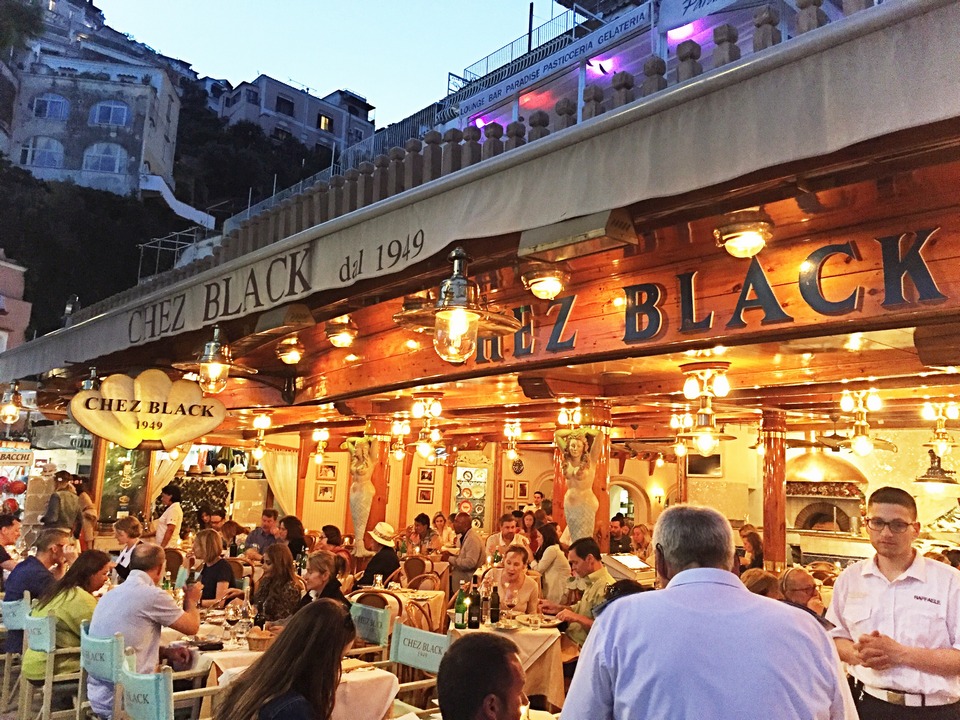
2. “Aperitivo” (#2 things to know before going to Italy)
Italians have “Aperitivo” time before dinner (Western Europeans generally have Aperitif time). Aperitivo time roughly means an aperitif with alcoholic beverages BEFORE dinner, from 6pm to… 9pm. The experience of aperitivo is a cultural ritual. Of course, not everyone can experience Aperitivo such that long. But the time frame for socializing, chatting, drinking appetizers is this time frame.
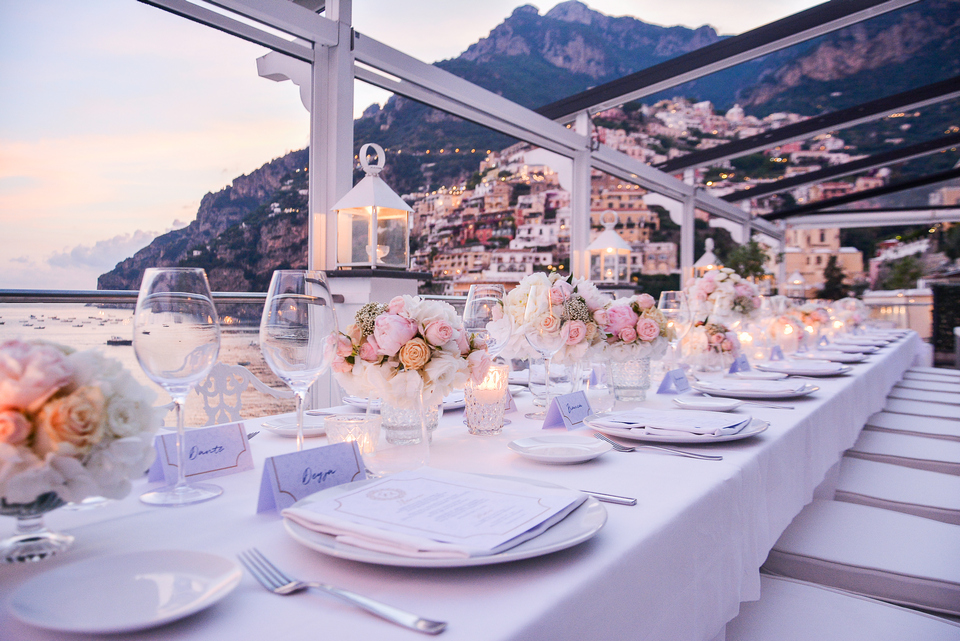
Drinks at Aperitivo are usually light cocktails or wines, accompanied by a little salty or sour pickle foods. Any bar that serves Aperitivo has a “finger food” that comes with a cocktail. Usually an Italian cafe serving coffee will have a bar behind. You can standing to drink or sitting at the table. But always remember that sitting at a table will be a bit more expensive. You can choose any kind of drink, but the most famous Aperitivo is the Aperol Spritz, a cocktail with Aperol liquor mixed with carbonated water, with a little lemon or orange flavor, very light and pleasant to drink. The more bitter version of Aperol is Campari.

When traveling to Italy, you should at least once experience Aperitivo culture. For Italians it’s a time of relaxed and pleasant socializing before dinner. It is recommended to go around 7pm, at that time, the sunset begins, the scenery is wonderful, the atmosphere gradually settles down, no longer bustling with tourists. There is nothing better than choosing a bar with a view of the river, lake, sea or mountains.
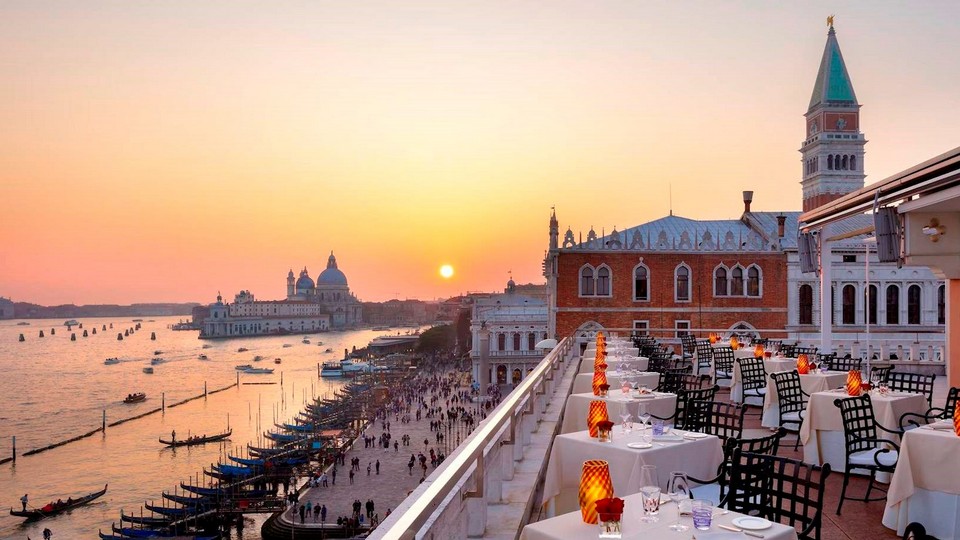
I later asked my friends and know that this time is not only “beer time” with friends after work before going home like other European countries, but it is also a perfect time to “dating or make friend“. Usually, couples who are not sure about each other will prefer to meet each other in Aperitivo time rather than to have dinner, because this time is not very long, if they like each other, they can have a dinner together, if they don’t like each other, that’s okay. It’s easy to lose everyone’s way.
3. Late dinner, punctual lunch (#3 things to know before visiting Italy)
Italians in particular and Southern Europeans in general have the habit of having dinner late to very late. Restaurants will be open until late at night, closing at 11pm at the earliest. Tourists often eat from 7pm to 9pm. But for Italians it’s Aperitivo time. Usually around 9pm they start having dinner. So, if you want to know the Italian life, eat Italian food in an Italian atmosphere, then (first) choose a bit hidden place to eat, mainly locals come to eat (Italians are very respectful of their cuisine, the place is not good, they don’t come); and (second), eat late.
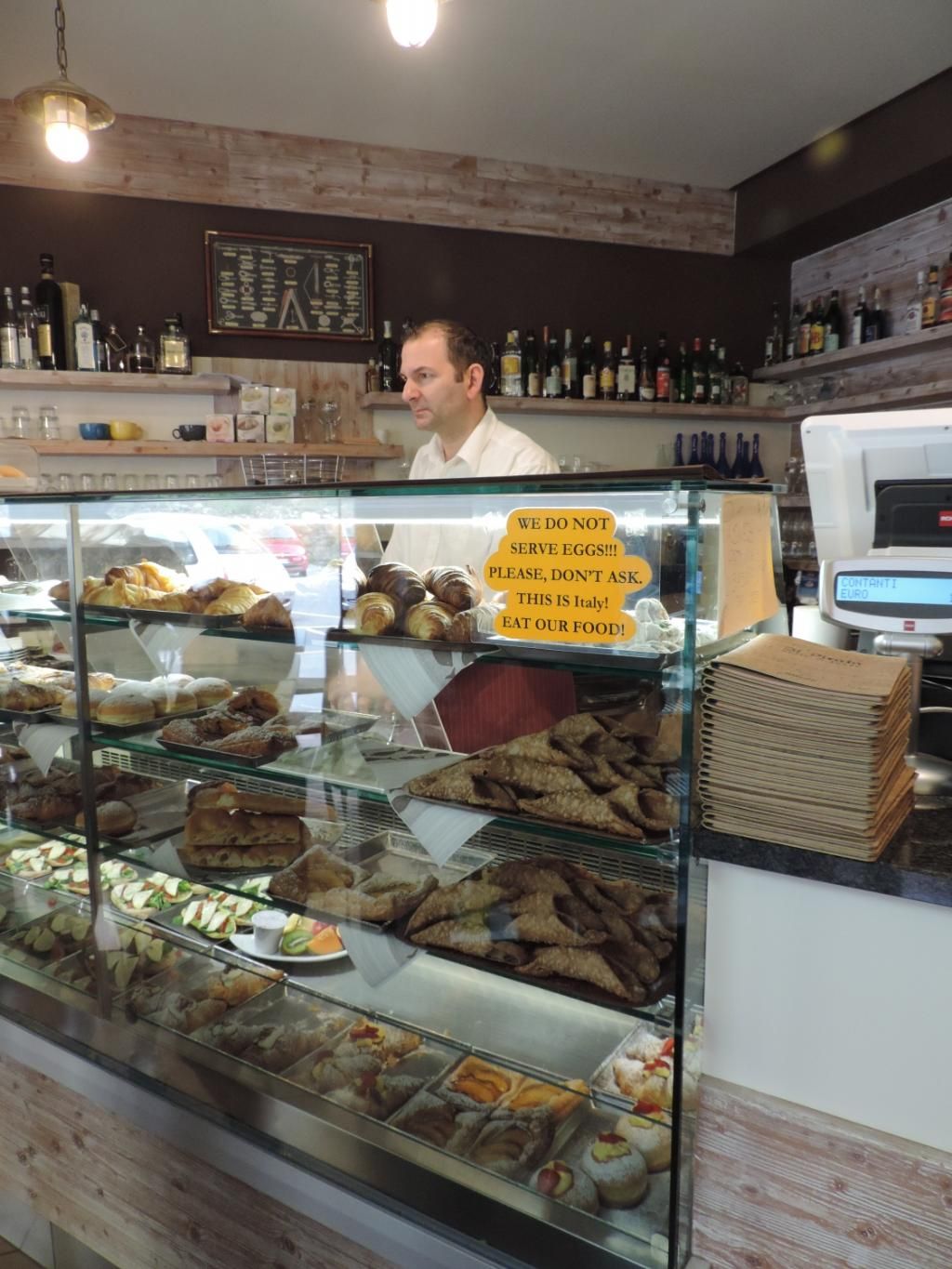
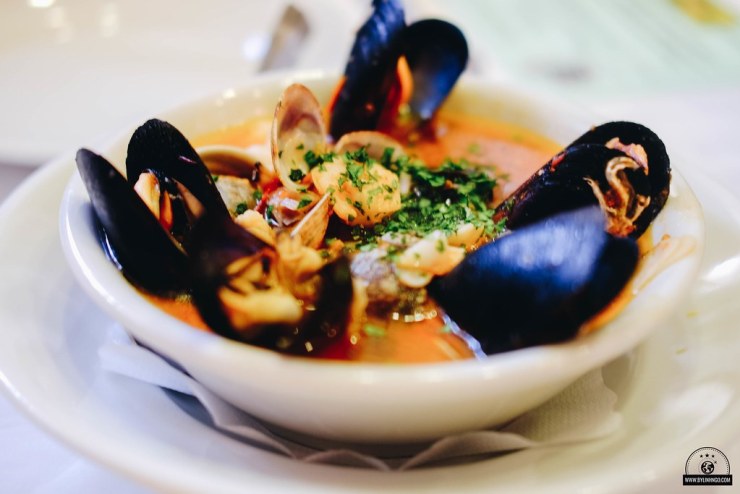
However, Italians usually eat lunch on time. Usually around 1pm to 2pm. As I mentioned above, riposo is very important to Italians. So if you go the wrong time, they will close all of them!
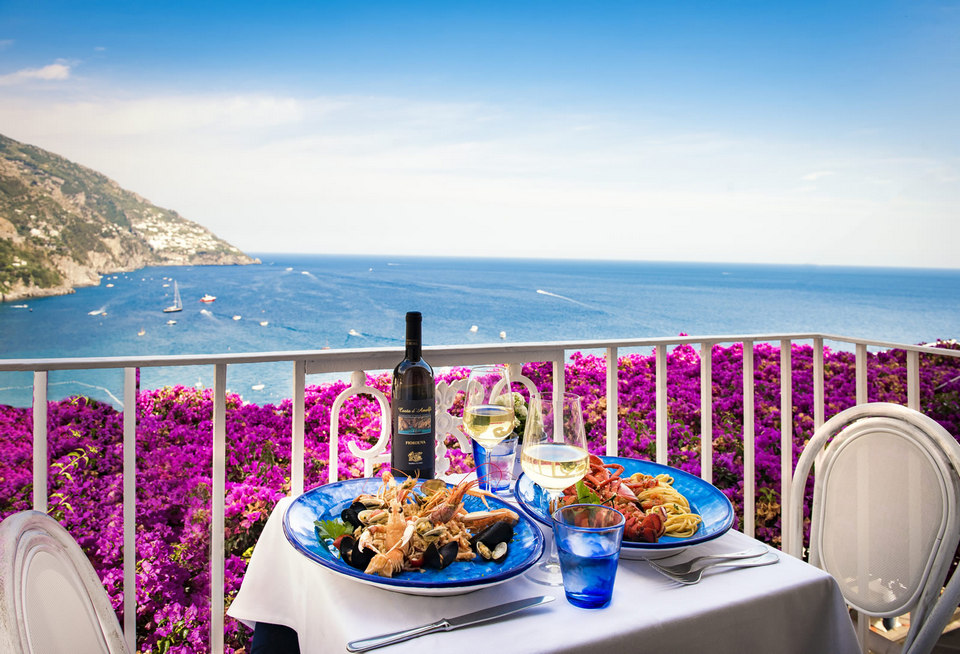
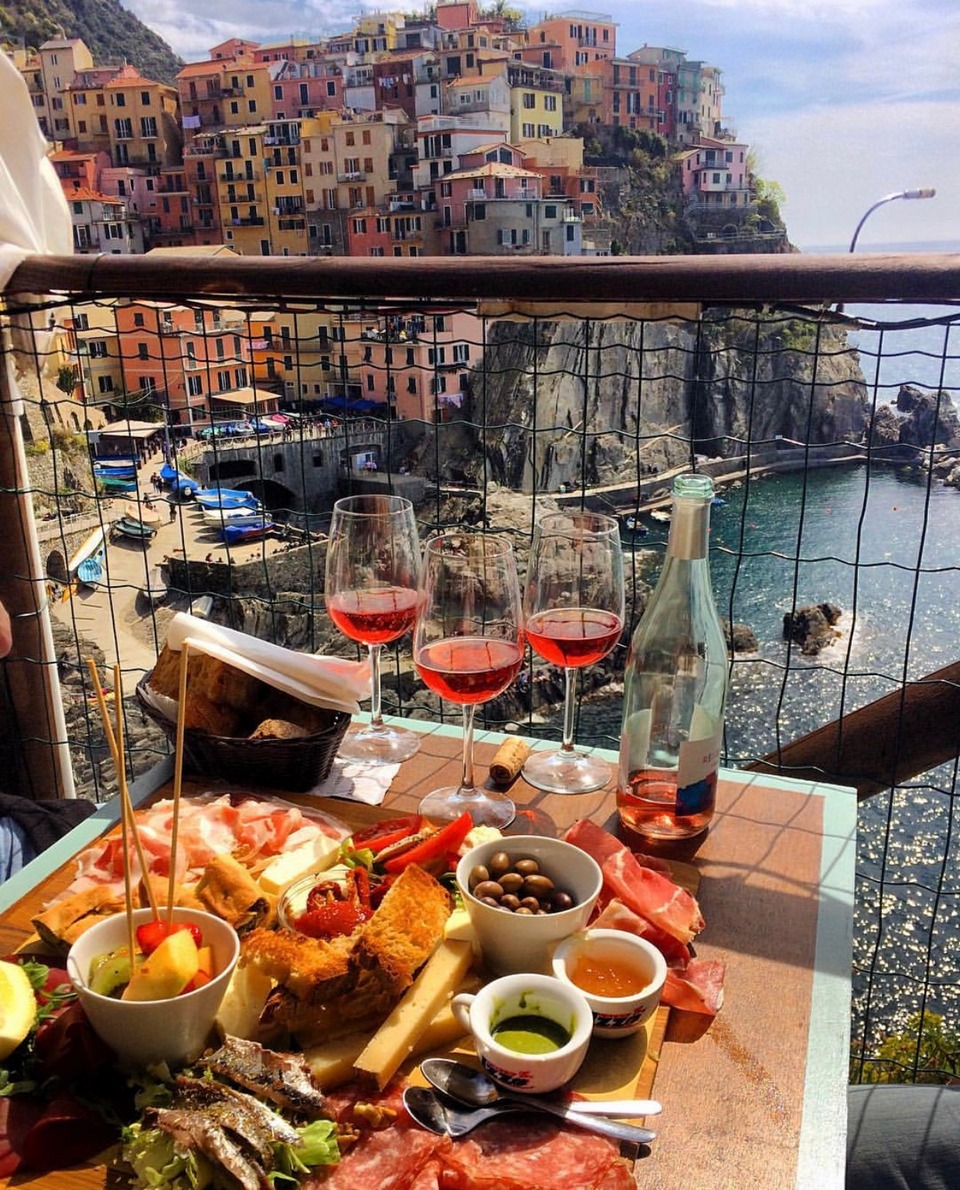
4. How to choose a restaurant? (#4 what to know before going to Italy)
Basically, Italy has three types of restaurants.
Ristorante: Means a “restaurant”, usually expensive. Service quality? Depends on the place.
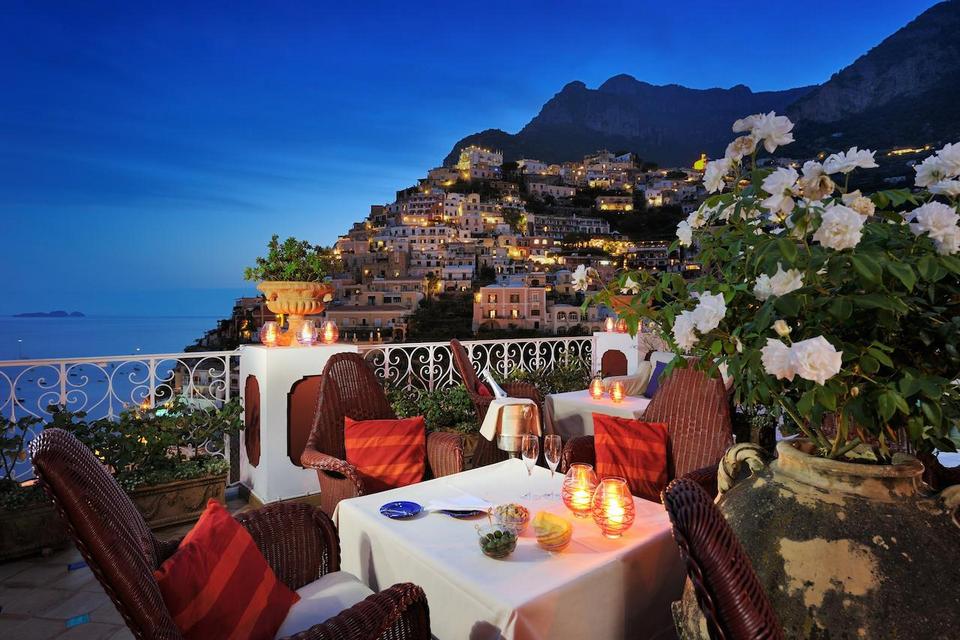
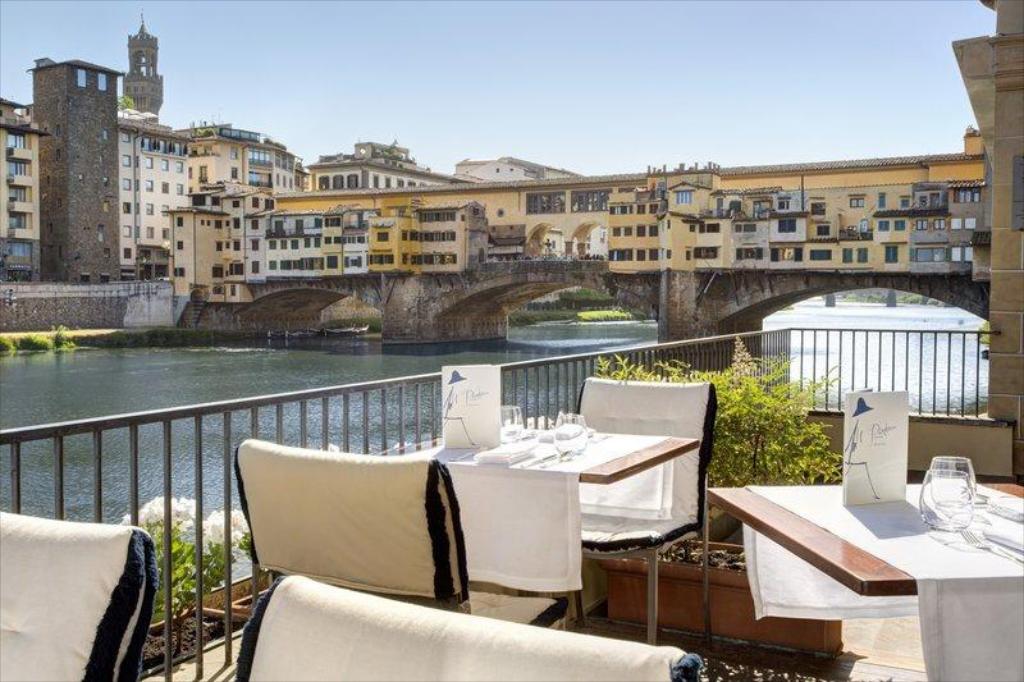
Trattoria: It is also a type of restaurant, but a family restaurant. Usually, there will be mothers or grandmothers who cook, the father takes care of the counter, and the sons and great-grandchildren will be waiters. This type of restaurant is small and cozy. This is the type of restaurant I recommend the most. When asking for information on where to eat, ask the local “trattoria”, not the ristorante. Trattoria usually have more traditional dishes. The food usually consumed all in a day, so it’s always fresh. Most importantly much cheaper than Ristorante. Trattoria is where Italians go the most.

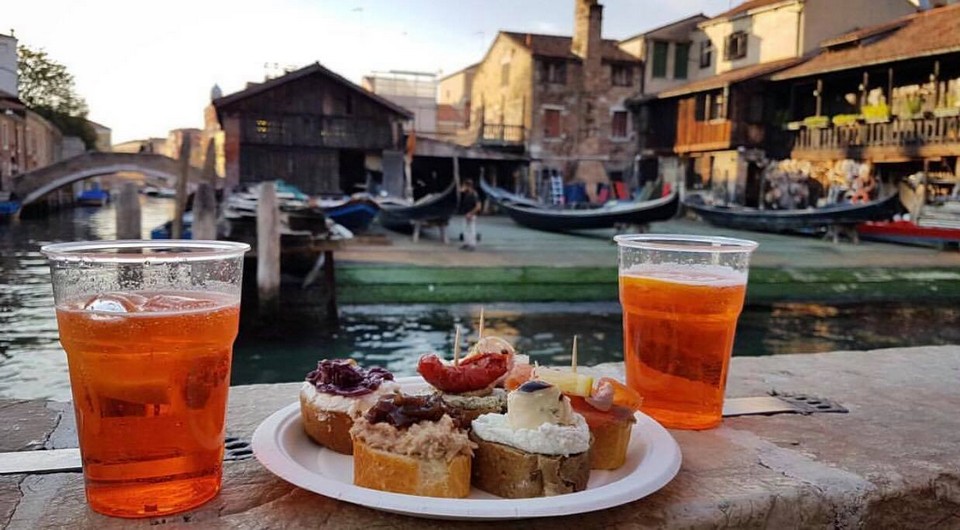
Osteria: Smaller than trattoria, sometimes only a few tables. Osteria is usually like casual eateries. The price is cheap too.
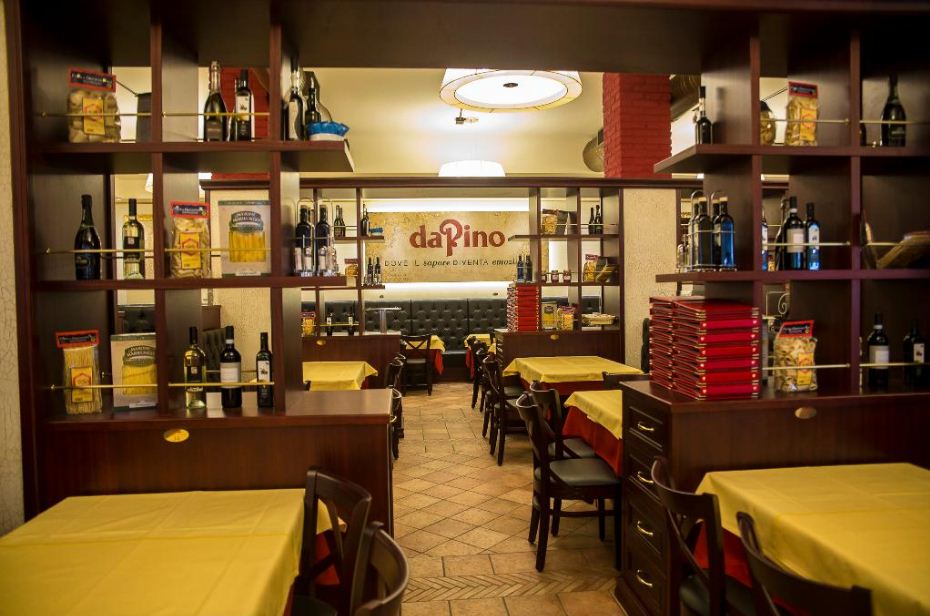
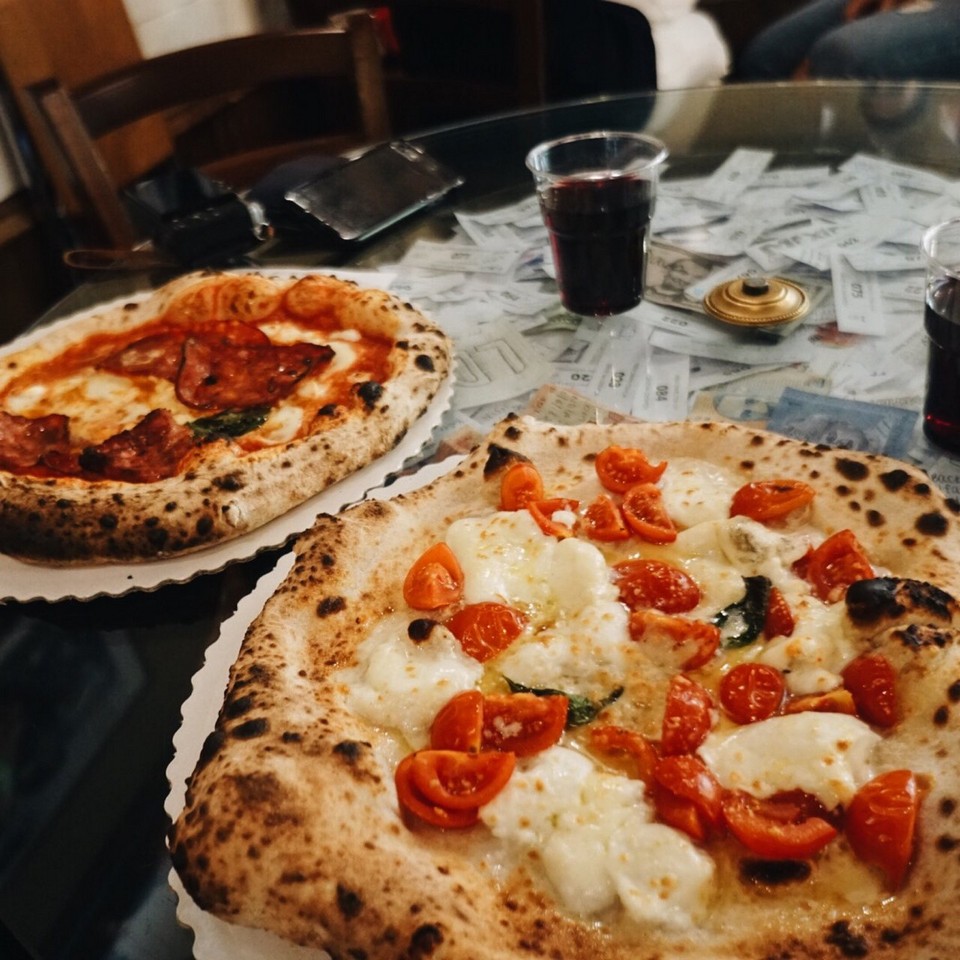
5. No tip… but “coperto” (#5 what to know before going to Italy)
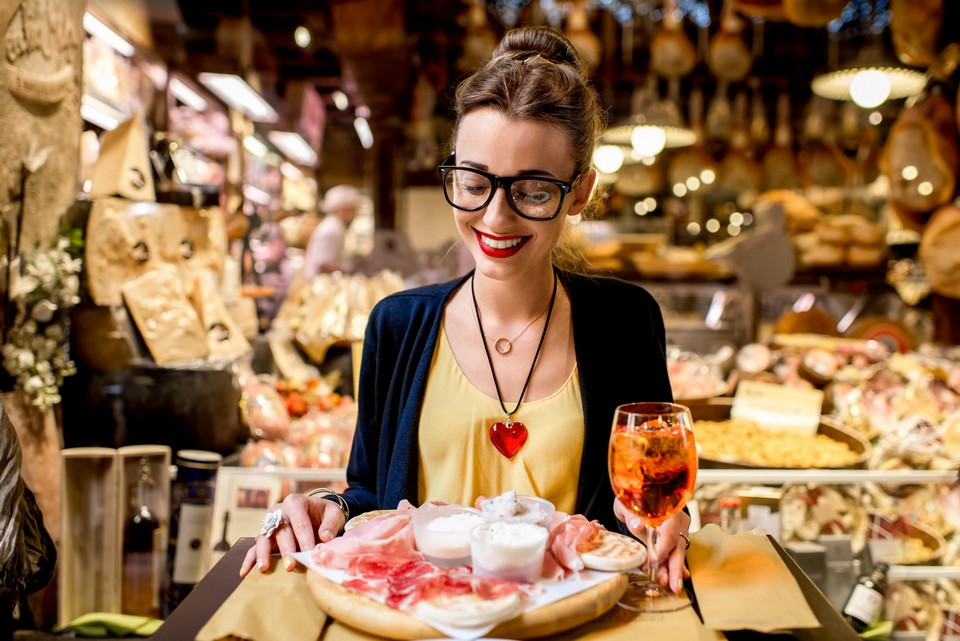
In Western Europe, there is no tipping culture due to minimum wage laws. However, in Italy there is a ‘fee’ that you have to pay every time you sit down to be served, the “coperto” fee. Roughly the “cover” fee. This fee ranges from 1 to 5 euros.
6. Breakfast? Light is vital! (#6 what to know about Italy before visiting)
Having said lunch, dinner, then breakfast. The Italian breakfast is usually a very light meal, consisting of coffee and a small, brioche-style pastry. Italians hardly ever eat salty food in the morning.
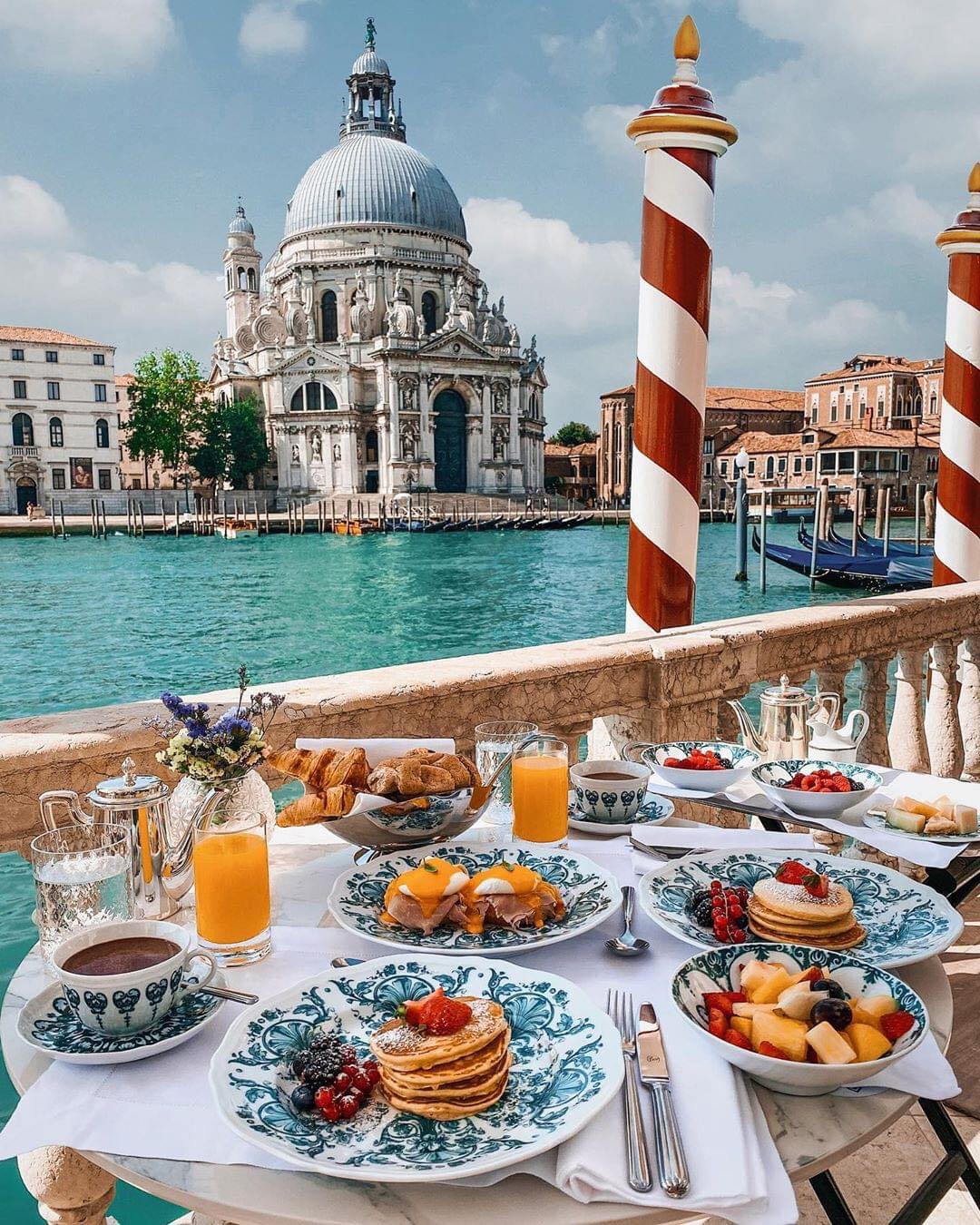
Oh what about Cappuccino? Only order before 10am. People who order cappuccino after 10am are only tourists. Italians themselves don’t consider it coffee. They consider it is… milk, and only children and foreigners order it after breakfast. It sounds strange, but it’s true.
7. What is Italian-style coffee? (#7 tips for visiting Italy)
In Italy, there is no coffee culture like other countries, like going to a coffee shop to work or talk. In Italy, coffee hour is a break.
In addition, in Italy, the bar is the sale of coffee, not alcoholic beverages. Alcoholic drinks are also mainly cocktails. Unlike other countries, the bar is to sell beer and alcoholic drinks.
There are two ways to drink coffee: one is standing at the counter, the other is sitting at the table. If you stand at the counter, coffee price is very cheap, espresso is 50 to 70 cents; cappucino around 1.30 euros to 1.50 euros. That is the exact price. If Italians have a coffee break, it’s going to a coffee shop, order a cup of espresso or macchiato, adding sugar, stirring, and drinking. The whole process sometimes only takes 10 to 15 minutes. Breakfast is usually like this.

The second is to sit down, in addition to the corpeto fee as mentioned, the service fee will also be added to the drink. For example, cappucino will hike to 2.50 euros, espresso will also hike to 1.50 euros. Something like that.
Italy doesn’t have any coffees like Starbucks-style coffees. That’s not coffee.
By the way, any place that sells cappucino (standing) for more than 2 euros is a tourist fee, avoid it!

8. Salad dressing? (Italy travel tips)
Traveling to Italy is to forget about all these salad dressings. To mix salads, Italians only use two things (always and never will be change), olive oil and vinegar. Vinegar has many types. The most popular is balsamic vinegar, which has a very pleasant light taste and aroma.
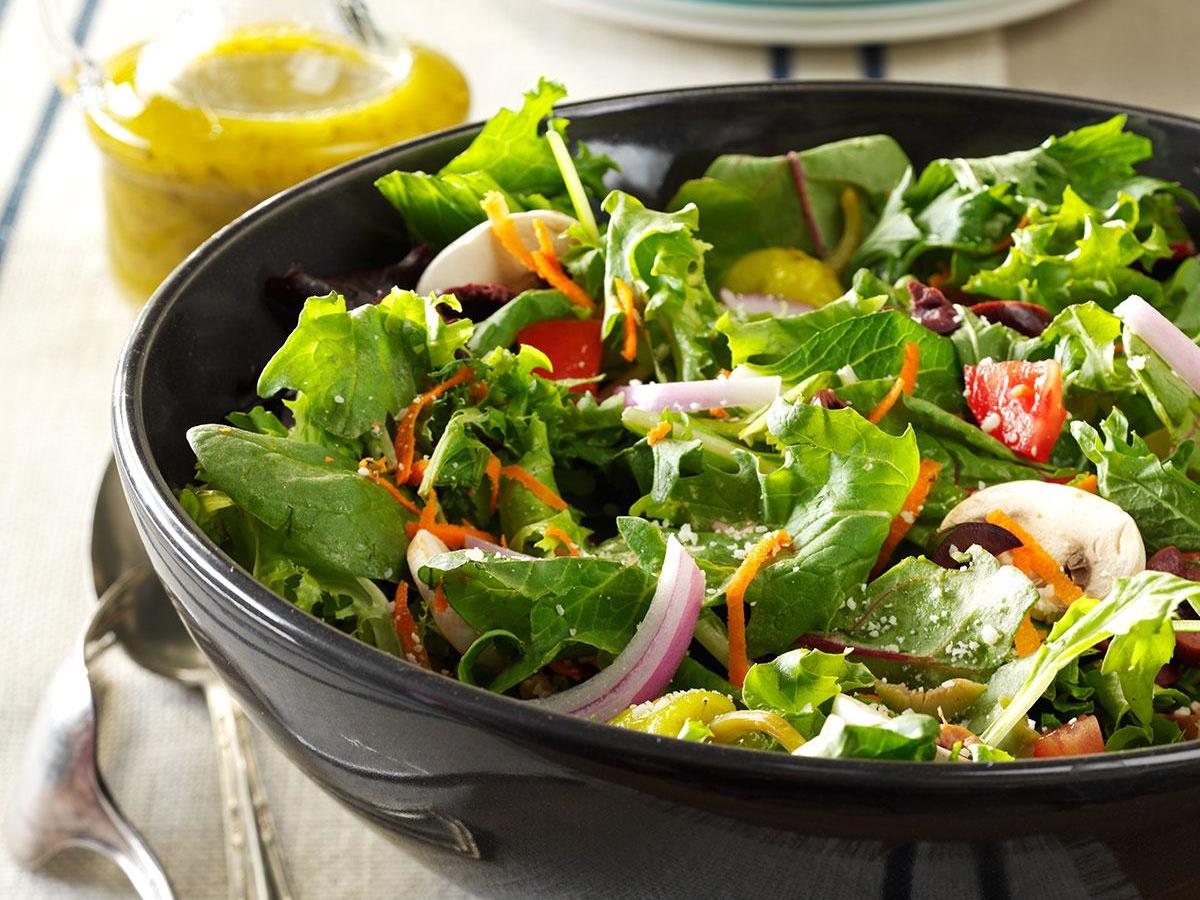
In fact, this mixture can be used for any dish. When I go out to eat with an Italian friend, he often puts olive oil and a little black vinegar in minestrone (stewed vegetable soup), beef steak, meat, fish,… However, absolutely do not put it in pasta and pizza.
9. FORGET EVERYTHING YOU KNOW ABOUT ITALIAN CUISINE! (Italy travel tips)
This part is so important that I have to capitalize it like shouting at you. Italy is a multicultural country. Each region has its own different culture, accompanied by a different cuisine.
I mean, if you going to Florence, just order beef, not pizza. In Naples, eat pizza, not bolognese. Want to eat cannoli? Sicily straight forward! Like pasta? Each region, even each city, has its own specialty pasta, etc. Don’t order food from one region in another. Usually not good.

In this Italian tourist series, I will detail must-eat dishes in each region. Stay tuned to read!
Oh, and most importantly, don’t expect American-style things when traveling to Italy. Pizza is definitely pineapple-free and definitely meat-free (only bacon, cold cut, ham). Spaghetti Alfredo? Does not exist! Spaghetti with meatballs? There is none!
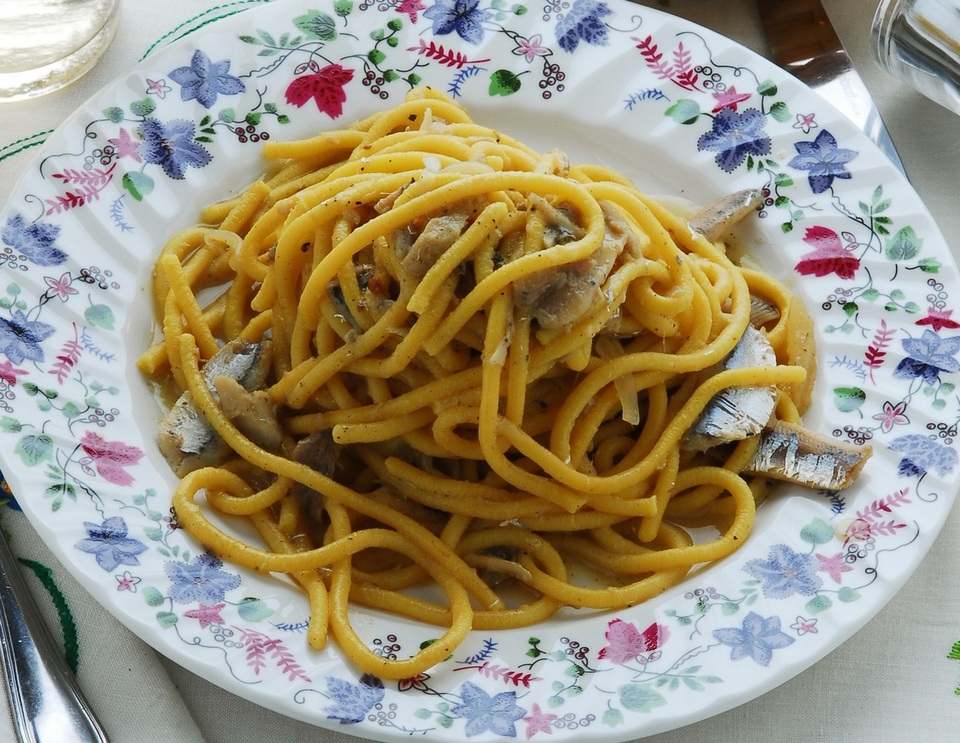
10. Love cheese? Not inferior to France! (Things to know before traveling to Italy)
If you love cheese, you must know that France is too famous for cheese of all kinds, counting must be up to a hundred. But Italy is a country of equally delicious cheese! Mozzarella made from buffalo milk, both flexible and light, so savory. The rich Pecorino is also delicious. The unique Parmigiano Reggiano makes any food richer (by the way, Parmigiano has several varieties, but only the one with “Reggiano” is the real Parmesan!).
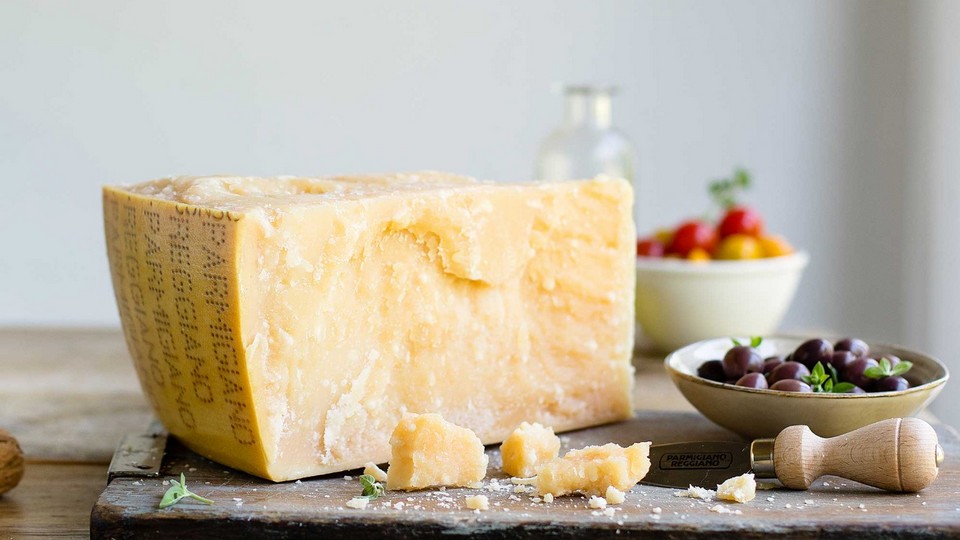
11. Scarpetta!!!
In Italy, when you go to eat, you will always have a bread basket (free, you can ask for more continuously). Italian bread is usually harder than other country bread, bold taste, eat any piece, the taste will last longer. But they do not eat with food. That is, do not eat with antipasto, do not eat with butter,… but the purpose is to wipe sauce.
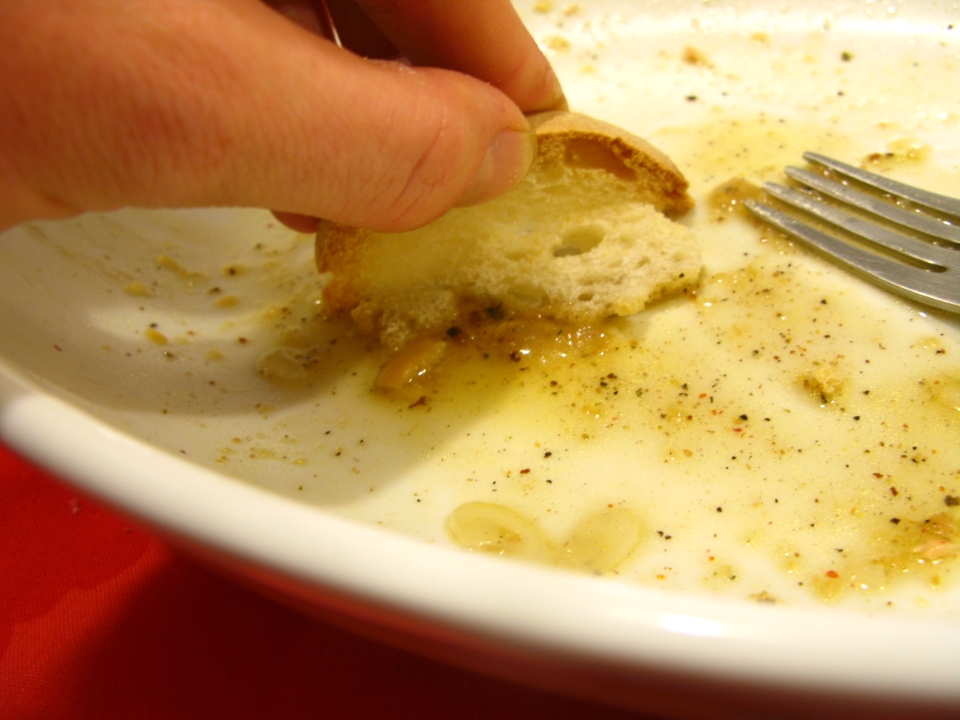
That is, after eating the soup, noodles, and main course, Italians will use pieces of bread to wipe off the remaining sauce on the plate. The sauce is the best part of the dish. Going to Italy, they just laugh when you left remaining sauce.
Scarpetta is the last piece of bread that is used to soak up the last sauce from the plate.
A little note about scarpetta
Scarpetta, by definition, can be seen as an act of the poor to save food, so perhaps it is not as popular today as the ‘galateo’, or ritual code, has become more pronounced. So it’s also quite controversial whether people still have scarpetta, is that impolite or not? To answer this question, I will tell a small story.
I have the good fortune of being close to a simple Italian family. When I first learned about the concept of scarpetta, I was curious to ask my friend and her mother, what is scarpetta? She and her mother explained that this is an act of thrift. It doesn’t matter if you do it or not, we don’t consider it the law. But usually in a luxurious restaurant or a formal event with a lot of people we don’t know each other much, we don’t do that (and they jokingly say that the food at that meals doesn’t have much sauce for you to wipe, haha. I don’t know if it’s true because I was a student, I don’t often participate in such events that need rules so I don’t know).
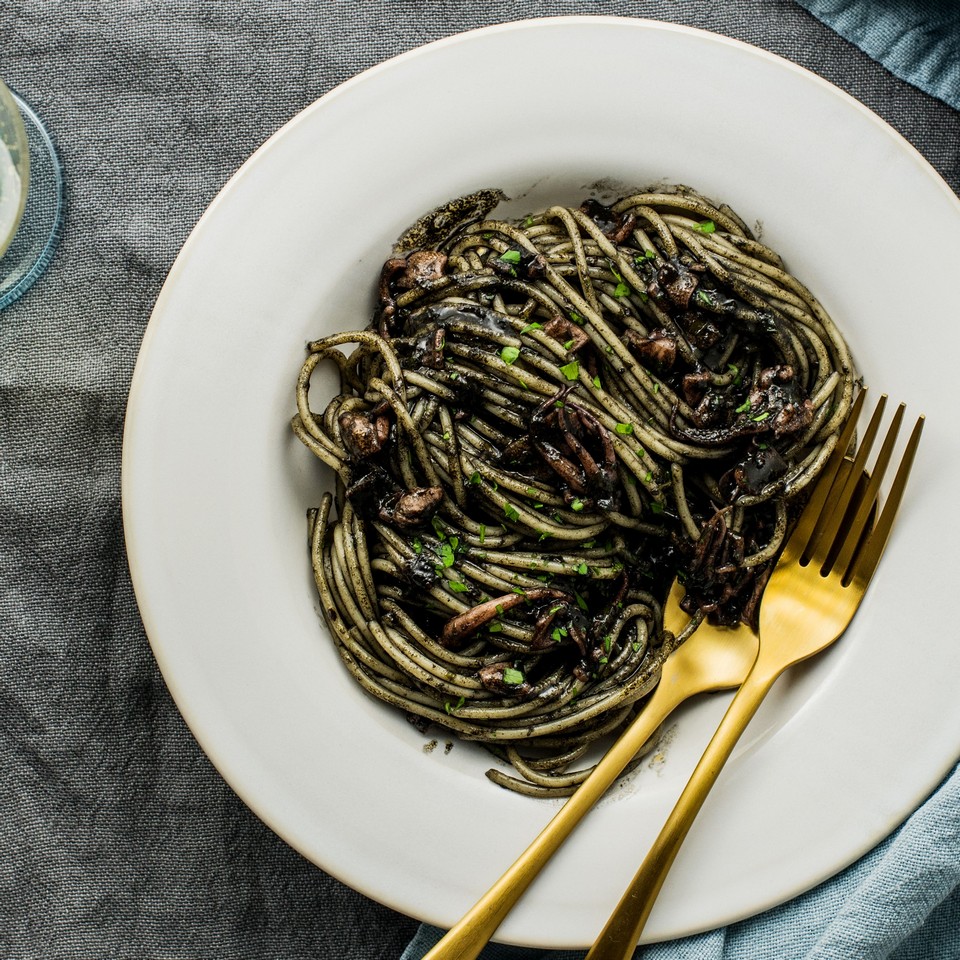
But there are two minor additions. They are Southerners, somewhat relaxed and less formal than Northerners; and they are people of many cultures, living in many different places, so their views on etiquette are very open and flexible, often aiming at ‘just do it’, ‘feel good’ then do, rather than relying on others to do it, or others to criticize and not do it. Like they don’t mind when don’t eating at all and don’t hesitate to ask people wrap food for them to bring back (although in Western Europe this is not usually done when going to restaurants, but in Eastern Europe is normal), or scarpetta to them is just only way to saving food. But to some others, they are very strict, like not getting drunk, not snapping, spitting or leaving napkins on the table when leaving the table, etc. It can be said that they influence quite a lot on my point of view of Italian culture. So, I consider the matter of “wipe off the dish” as not a big matter. Although in fact, there must be this “last piece” and “insolent piece” story everywhere? Later I met another Tuscan uncle, who was even more straightforward: I found the sauce delicious, I wiped it off. You waste too much.
This story cannot answer that when traveling to Italy should do scarpetta or not, because it completely depends on the circumstances and companions in the meal, even in the region and family. For me, this is normal. For many others, it is disrespectful. Conclusion, when you go out to eat and want to try scarpetta, ask jokingly with the handsome waiter (or ask them if you go to an Italian family to eat, just like a cultural question), are you scarpetta? (or what do you think about scarpetta?) is the best way. And in formal cases like business meetings or lavish parties, do not doing scarpetta. So, let’s just treat this as a little story about a tiny thing in Italian culture.
12. Oh, don’t forget the huge Italian servings
An Italian meal, especially dinner, will have 3 main courses and minor sidedishes. Basically are:
- Antipasto: Appetizer. It can be finger food, cheese and bacon tray, some sour food, etc. to start the meal and relax.
- Primo: The first dish. Usually starchy dishes such as pasta, lasagna, stewed vegetable soup, risotto, etc.
- Secondo: Main dish, ie meat or fish.
- Contorno: Side dish with Secondo. Usually a salad or simply cooked vegetables (sometimes just cooked with a little olive oil and seasonings added).
- Dolce: Sweets. Usually cakes, pastries, tiramisu, panna cotta, etc. Sometimes fruit. Or both.
- Cafe: Italians will end their meals with a cup of espresso.
- Digestive: alcoholic beverages for digestion. The most common are Vermoth or Limoncello.
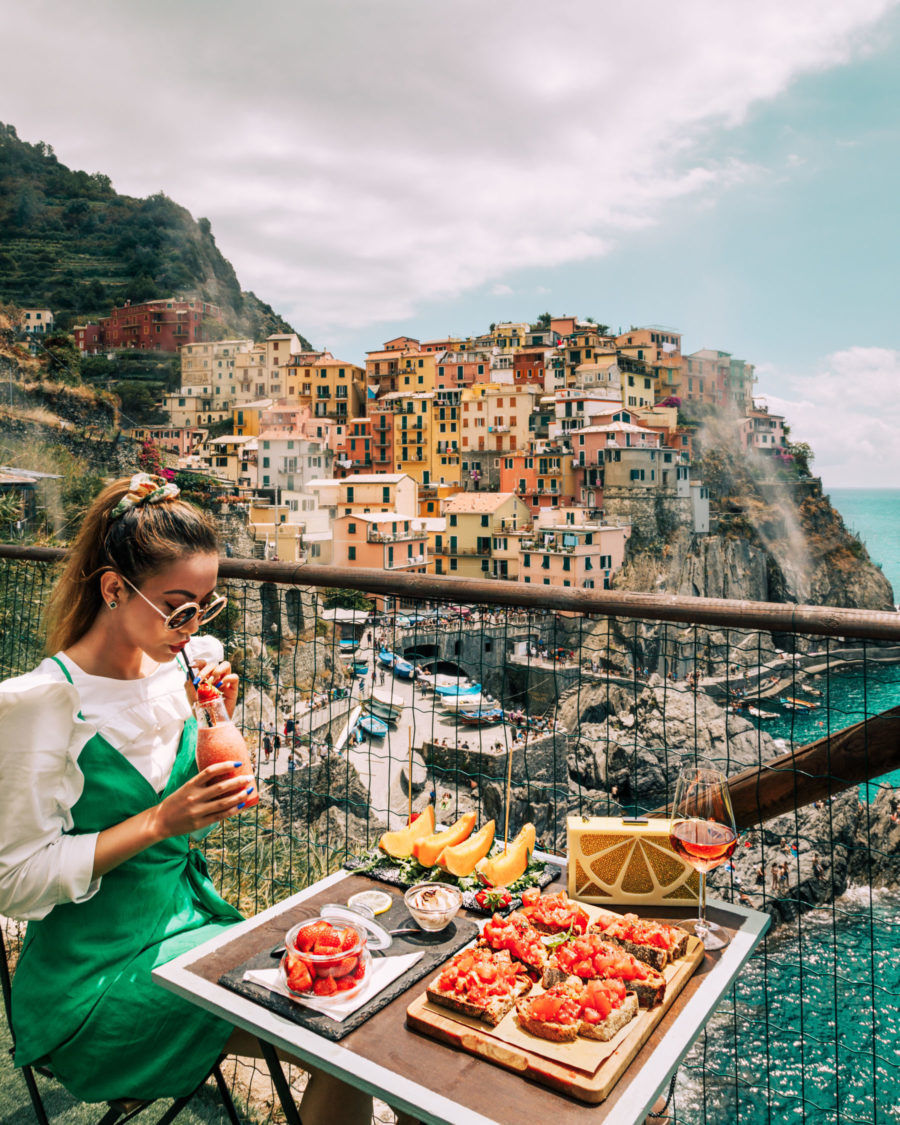
An Italian meal is huge, and lengthy. I usually eat at my friend’s home. Meals are never shorter than two hours. Moreover their servings are huge. For Asians, when it comes to Primo, we are full and can’t take anything more. So, I suggest that when going out to eat, you should only order one or two dishes, if you can’t eat up, just order either primo or secondo, don’t be greedy. If still not full yet, please call more gradually. BTW, never order backwards. Oder secondo and don’t order back to Primo.
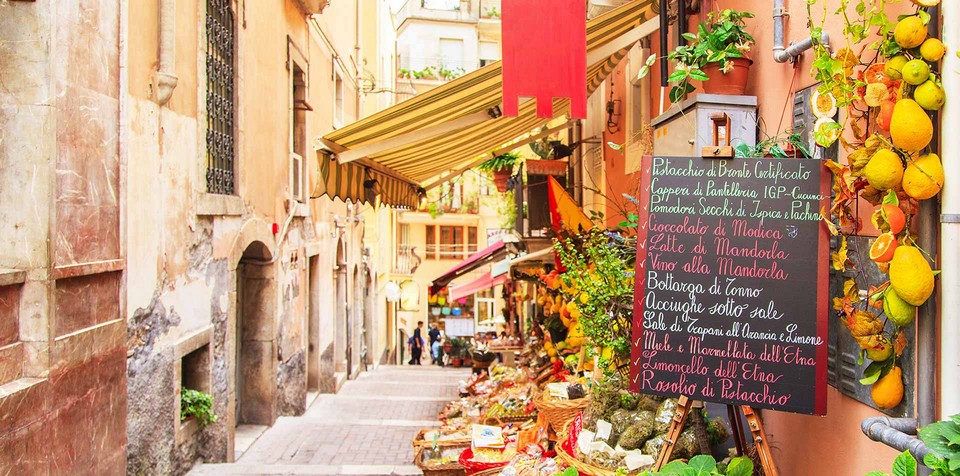
13. Drink wine all day! (things you need to know before going to Italy)
It’s a very Italian stuff. Italy is a wine lover’s paradise, from cheap to expensive, from delicious to scrumptious. Every region has its own signature wine, but if you love wine, you will not be able to help yourself but get drunk all day.
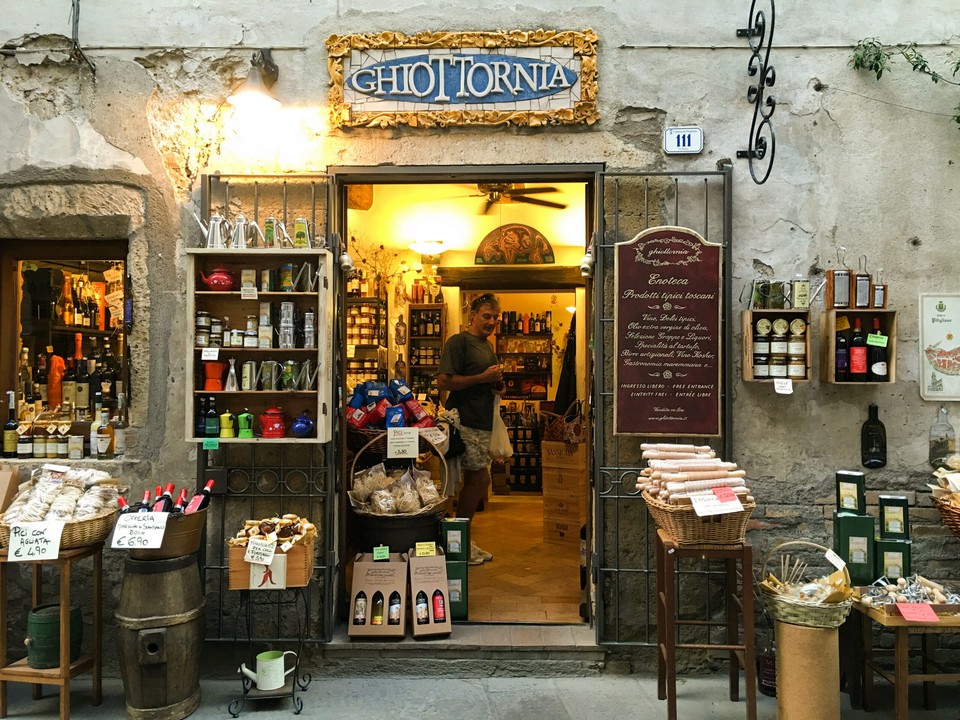
If you know exactly what kind of wine you want to drink, I wouldn’t say. But I strongly suggest that if you go to a restaurant, try drinking “vino al tavolo”, which roughly translates to table wine. Traditional authentic Italian restaurants and loved by Italians always have table wine. It is a local wine that they buy directly from the winery, very fresh and bold. When they bring it home, they will filter it through the cloth and then pour it into the restaurant’s jar to serve, so there will be no labels. But these are well worth a try. Each restaurant will has different wine table.
Tips:
Now that technology and hygiene requirements are high, perhaps there is no longer a process of buying wine, then filter it via a cloth, pouring it into a bottle and then serving. However, as a person in the South, where wine farms still have shops measuring liters of wine into… plastic bottles… sell it like we sold fish sauce in the past, and when go to eat at familiar restaurants, they are still offered fresh wine which bought directly from the farms, for me “vino al tavolo” is quite normal. But surely coming without asking they will not actively advertise.
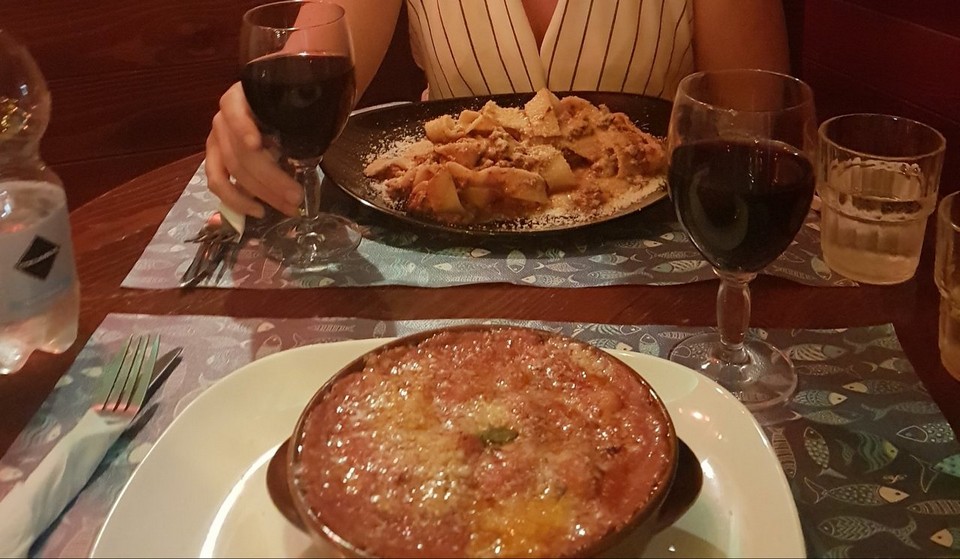
In Italy, “vino al tavolo” (table wine) and “vino di casa” (restaurant wine) are different. I often call the table wine, which is something that is often… the boss or the employee drinks. And “vino di casa” is a specific type/brand/line that the restaurant chooses, usually suitable with most of the restaurant’s dishes.
Good wine in Italy doesn’t start with price. Many times, only 2, 3 euros you have a good bottle of wine. From 5 euros or more, almost all are delicious. Do not value the price with Italian wine when traveling to Italy.
14. A thousand ways to… gelato (Things you need to know before going to italy)

Gelato, which means Italian ice cream, is not the kind of ice cream you know. Italian ice cream is usually made from fresh ingredients, less ice, both bold and flexible, not bland and wet. For ice cream lovers, Italy is a heaven.
So I’ll give you some tips to buy delectable gelato.
- The first is to avoid all the stores that have too many varieties of ice cream. Delicious fresh ice cream can’t make from many flavors. Only industrial ice cream in tourist shops can have such quantity.
- The second is to choose the “gelato artigianale”, which means “artisan” ice cream. In these places the ice cream is made in the store, the quantity is small, the quality is guaranteed.
- Finally: don’t choose from the touristy downtown stores. Like restaurants, the delicious gelato shops are a bit more hidden, a bit more modest in appearance. Its quality will be great!
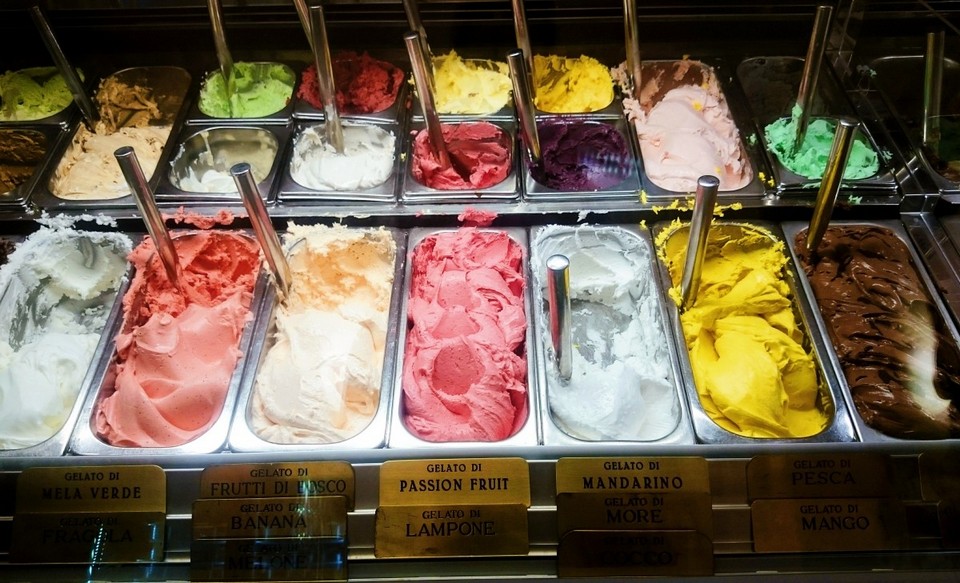
15. Public Wifi? Haha… (Things you should know before going to Italy)
Despite being a developed country, Italy’s public wifi is unbelievably boring. If you go out to the street, you can find wifi, but it’s not sure it works. In bars and restaurants of all kinds, they are not sure how much stronger.

If you stay for a short time, maybe you can just bear it and it will pass. Italy is so interesting that it is normal to forget about street wifi for a few days. But if you travel to Italy for a long time, which in my opinion is from 2 weeks or more, you can buy a sim card. Average 20 euros/sim, just need a passport.
16. Pay attention to pickpockets!!!
Unfortunately, the issue of pickpocketing in Italy is still very common. The further south, the more. In some crowded tourist cities, more attention must be paid. Especially in Naples. I lived there for a year, but every time I go out, I’m always worry! If necessary, just put your backpack right in front of your chest. Don’t be subjective.
17. Always swipe your ticket before getting on a train or on a bus (what to know before travelling to Italy)
In the train system, before entering the platform you will see green and red ticket validating machines everywhere. Similarly, on a bus, it is at the front and at the end of the bus.
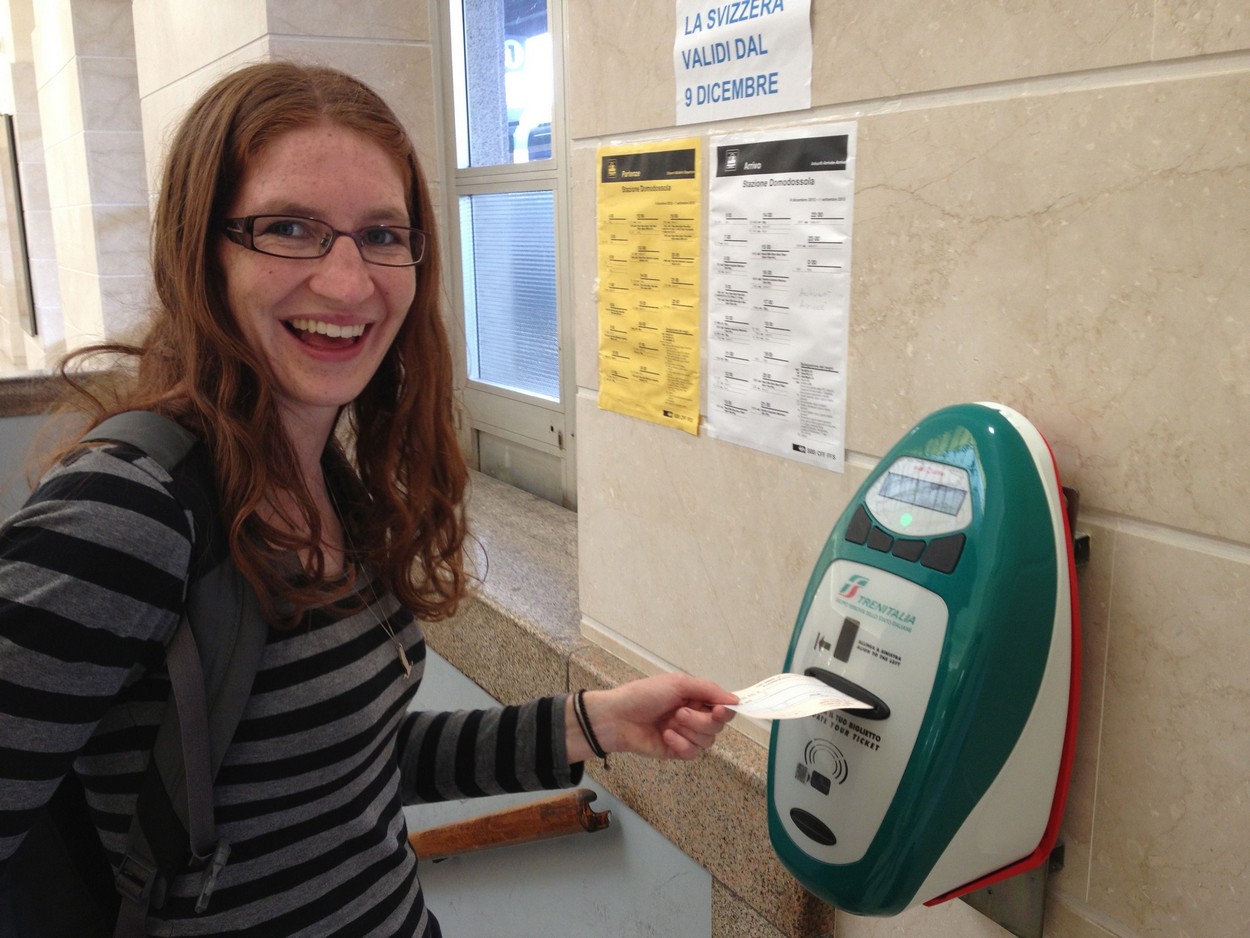
Where to buy bus tickets? In addition to the ticket counters (some places have, some not), tickets are sold at tob@cco shops (Tabacchi) or newspapers stalls (edicola).
18. Learn some basic words or phrases (what to know when traveling to Italy)

Italians are very friendly. So it helps to make an effort to know a few simple Italian words or phrases – their attitude will be much more open to you. Some basic words such as “Thank you” (Grazie), Good morning (buongiorno), sorry (scusami) or Hello (Ciao) or I don’t understand (non capisco).
Italian pronunciation is very similar to Vietnamese. Read word by word, it’s not difficult.
19. All roads lead to Rome (things to know before going to Italy)
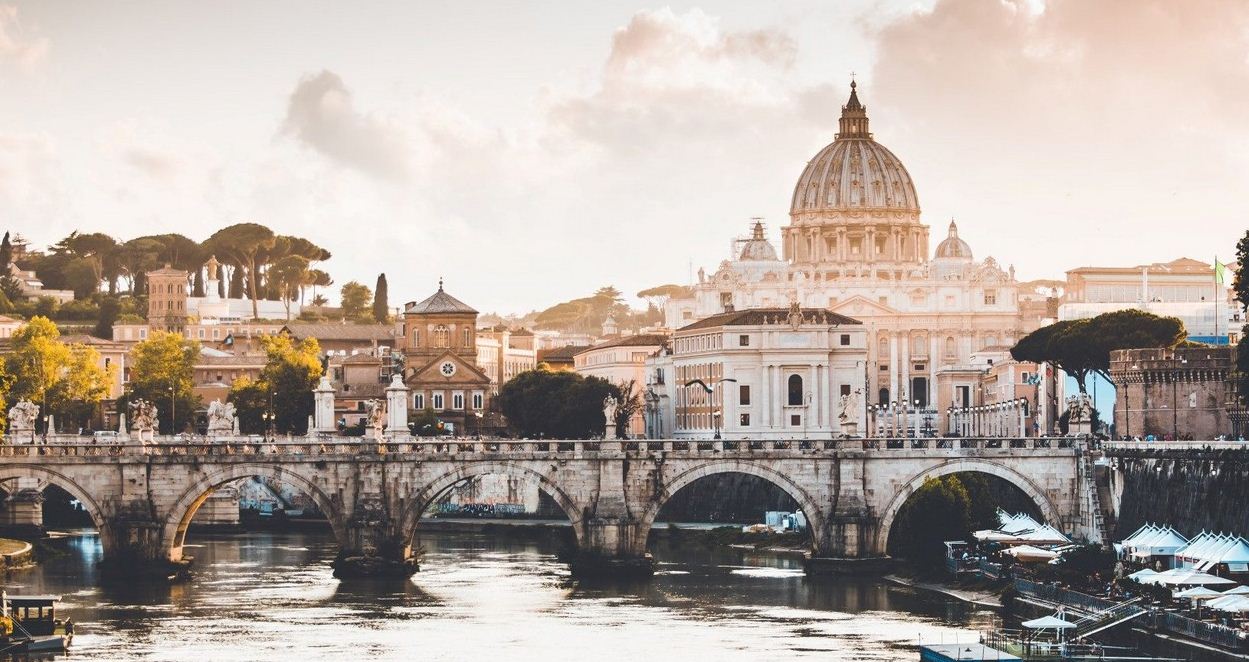
This is a classic saying born from the time when the Romans ruled Europe. It depicts that all roads lead to Rome, for Rome is the transit center of all roads. Thus, from Rome you can easily go to everywhere else.
However, that is only in case you are only going for a few days. As for me, if to suggest, each region will have a different convenient transit station.
20. Respect the church

That is, please cover your limbs and put away your selfie stick when entering churches, chapels, or any other religious attractions. No need to cover up, but be polite. Today, although many churches welcome tourists more than people come to pray, respect is the bare minimum when visiting sacred places. Furthermore, they have the right and will “invite” inappropriately dressed people out of those sacred places.
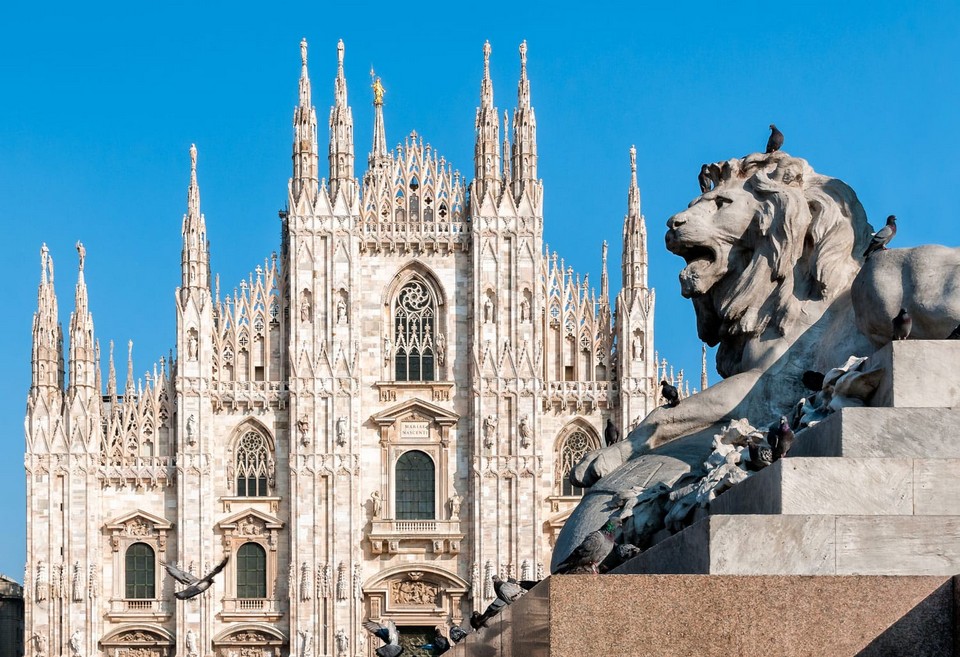
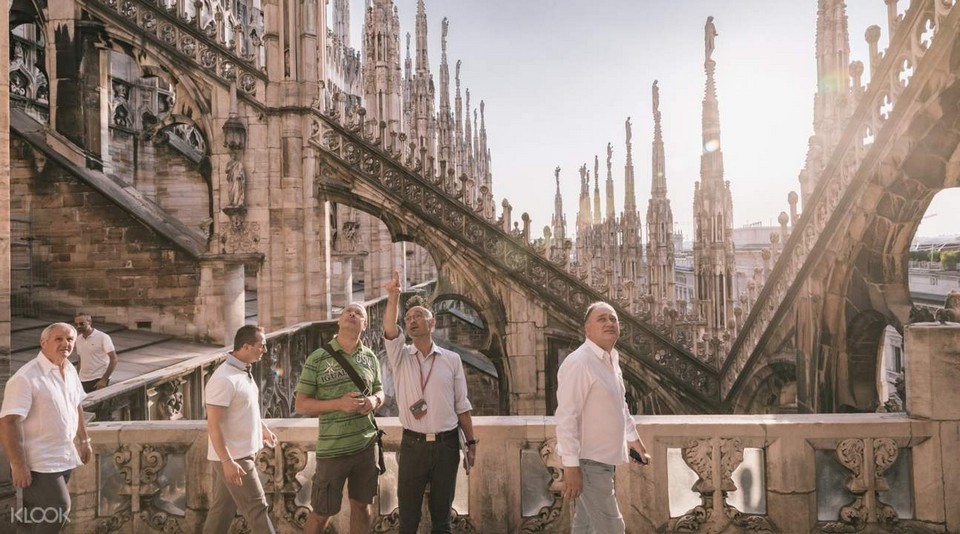
Traveling to Italy both winter and summer can be harsh. In winter, you should have a big and thick scarf, in the summer you should have a thin scarf that can be worn over your shoulders to cope with all situations.
21. North and South is different!
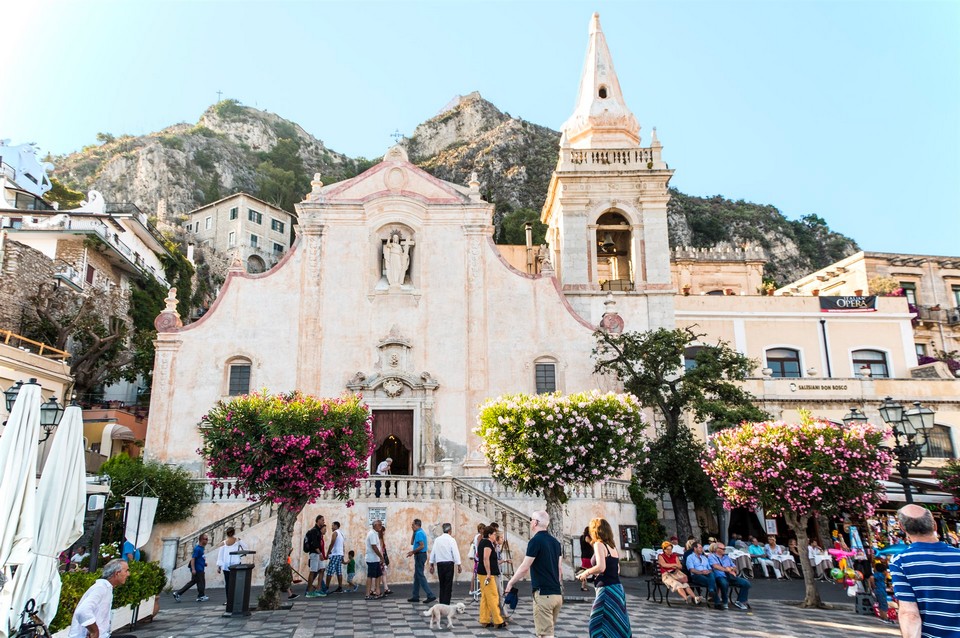
This is the last thing on this list. I could talk about this all day, but there is the most basic. Italy is a country that is not very big but has 20 regions, each with its own culture. The difference between North and South is huge-infinite. The further you go to the South, the more Mediterranean culture becomes, comfortable, relaxed, even a little lazy.
So you have a list of things to know before traveling to Italy! I apologize for the long post. But I’m sure it’s not in vain. Italy is a country with a unique culture. None of this is “stereotypical” at all!
Hope you have great memories!
Some best day tours, trips, activities and transfer services, tickets in and from Rome you can refer to
- Shared Fiumicino Airport Transfers (FCO) for Rome by Terravision
- Colosseum, Roman Forum and Palatine Hill Tour
- [Buy 1 Get 1] Rome Big Bus Hop-On Hop-Off Tours (Open-Top)
- Rome to Florence Day Tour
- Colosseum, Roman Forum and Palatine Hill Skip-the-Line Entrance Ticket in Rome
- 1 Roma Pass for 45+ Attractions
- OMNIA Vatican and Rome Card
- Vatican & Rome Combo Sightseeing Tour
- Venice Excursion Day Trip
- Day Trip to the Ruins of Pompeii
- Positano and Amalfi Coast Day Tour
- I Love Rome Hop On Hop Off Panoramic Bus Tour
- Rome Hop-On Hop-Off City Sightseeing Bus Tour
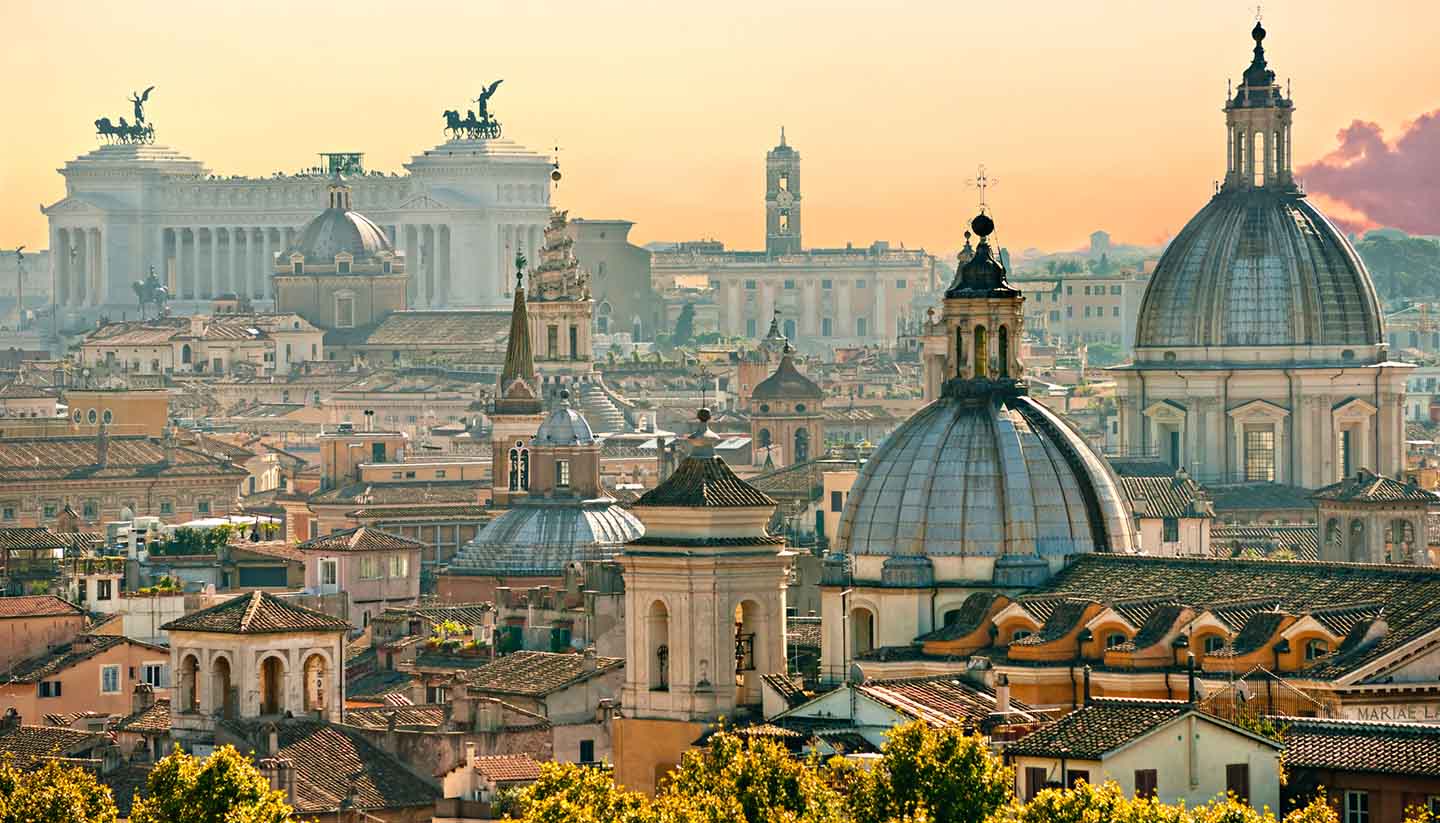
Are you looking for more Italy travel guide: Tours, activities, attractions and other things? Let’s check it out here. And travel guide for Florence, Venice, Milan, Positano, Cinque Terre, Pisa.































![10 best airports in Asia in 2016 [RANKED] kuala-lumpur-international-airport-best airports in asia in 2016 by skytrax ratings](https://livingnomads.com/wp-content/uploads/2016/08/29/kuala-lumpur-international-airport-best-airports-in-asia-in-2016-by-skytrax-ratings-218x150.jpg)









